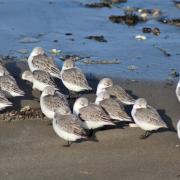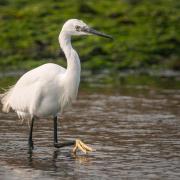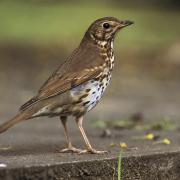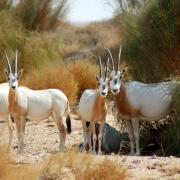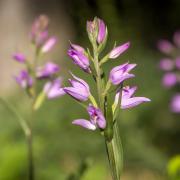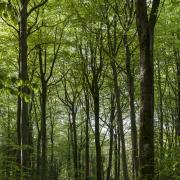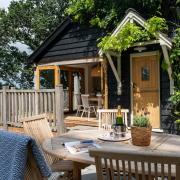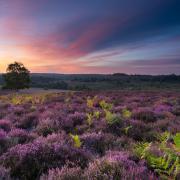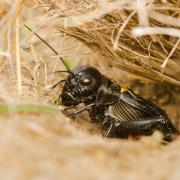Immersed beneath its surface, The Solent is harbouring an underwater rainforest and it needs our protection. Laura Drake from the Hampshire & Isle of Wight Wildlife Trust explains how we can do more to save this vitally important habitat

The seas of Hampshire and the Isle of Wight support approximately 675 hectares of seagrass, including both eelgrass (Zostera sp.) and tasstleweed (Ruppia sp.) varieties, making it one of the most important regions for seagrass in the UK.
Seagrass beds harbour a wealth of wildlife and have diverse environmental benefits. They help to protect our coastline from erosion by stabilising seabed sediments with their roots, and dampening wave energy with their leaves - particularly during storms.
For wildlife, these highly productive pastures are important nursery and foraging grounds for commercially important fish and crustaceans. They also provide shelter for our native seahorses, crabs, worms, molluscs and shellfish among the tall thin leaves, and are a vital food source for migrating wildfowl such as teal, widgeon and Brent geese.
Seagrasses are sometimes referred to as the ‘rainforests of the sea’, as they produce up to 100,000 litres of oxygen everyday (in fact, did you know every other breath you take contains oxygen produced in the sea?). They are also highly efficient carbon sinks, storing around 12% of all the carbon locked away in the oceans, which helps reduce the amount of greenhouse gases in the atmosphere that cause climate change; just one hectare absorbs up to ten times more carbon dioxide than rainforests. The loss of 29% of global seagrass in the last 100 years is more worrying than the loss of land forests, as it has resulted in nearly 300 million tonnes of carbon being released back into the atmosphere.
Despite the obvious importance of seagrass habitats, protection is lagging behind terrestrial habitats. ‘Out of sight, out of mind’ as the saying goes, because these habitats occur in the lower intertidal and subtidal areas so damage and loss is not readily seen. Recently, some seagrass habitats in our area have received a boost, with the introduction of byelaws by the Southern and Sussex Inshore Fisheries Conservation Authorities to protect them from damaging activity. This alone is not enough, yet there is something we can do to help ensure the protection of these magnificent marine meadows.
Hampshire & Isle of Wight Wildlife Trust is campaigning for the designation of new Marine Conservation Zones (MCZs) in the Solent and around the Isle of Wight. These new zones would bring added protection by stopping damaging practices and managing the zones for the benefit of wildlife conservation, while allowing sustainable economic and recreational activity to continue. They will act as a refuge for marine life to help ‘restock’ what is lost in the unprotected regions, and prevent the loss of important habitats.
Dr Amy Marsden, Marine Officer for the Trust, says: “Seagrass habitats are a vital yet often overlooked feature of our functioning environment. They are easily damaged yet slow to recover and protection from activities such as dredging, is critical to prevent further degradation and allow regeneration.”
In 2013, 31 MCZs around the UK were established, but this is not enough to create an ecologically coherent network of protected space. The Trust welcomes the chance for better protection in the Solent in this second round, in which up to six sites will be considered in a government consultation, due to happen in 2015.
More importantly, the Trust needs you to demonstrate that you care about proper protection for our seas, by signing up to become a ‘Friend of MCZs’, and during the consultation, writing to the government in support of MCZs in the Solent.
Find out more at www.hiwwt.org.uk/marine-conservation-zones***
READ ON
• How technology is used to improve the treaceability of our livestock - Lambing is underway on my farm in the Cotswolds. As any sheep farmer will tell you, long days and sleepless nights in the lambing shed mean it’s one of the busiest and tiring times of the year but it’s also the most rewarding.
• Nocturnal wildlife to look out for in Hampshire - Just because the days are getting shorter, it doesn’t mean that wildlife activity in our gardens disappears. Deborah Griffiths from the Hampshire and Isle of Wight Wildlife Trust is here to advise us on nocturnal wildlife and what to look out for.






